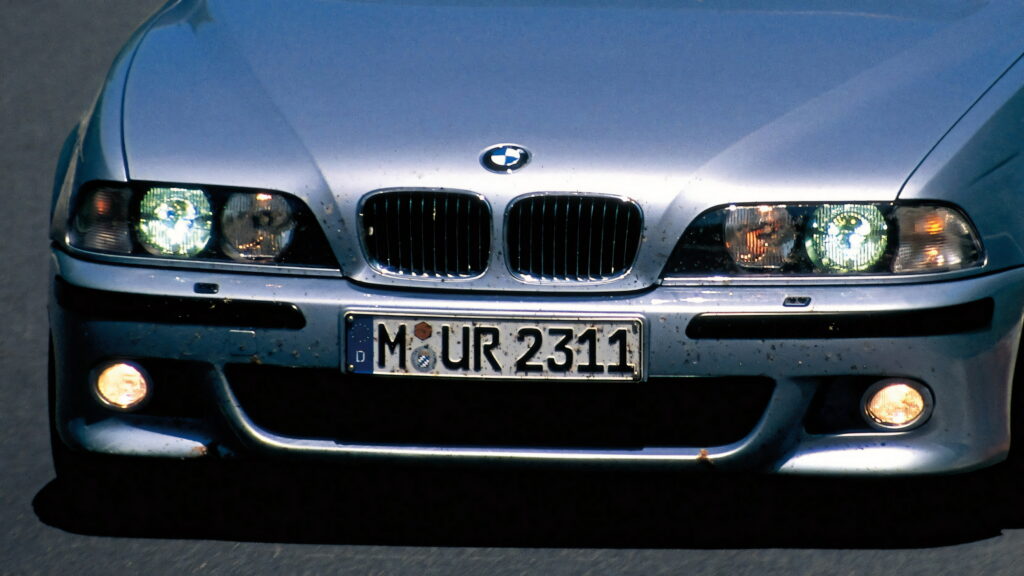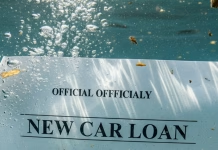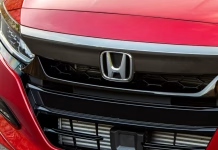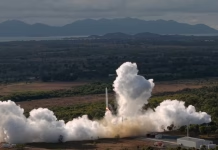Lotus Evija Shatters 0 to 200mph Record with Groundbreaking Electric Power
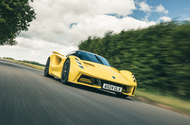 British-made, 2013bhp EV cuts established 0-200mph benchmark by a massive 40 per cent
British-made, 2013bhp EV cuts established 0-200mph benchmark by a massive 40 per cent
The Lotus Evija hypercar - at the time of its announcement, the most powerful road-legal car to enter series production - has set a series of new searing performance benchmarks as part of its full Autocar Road Test.
First shown to the world in 2019, with deliveries to customers beginning in 2024, the Evija has swept all before it among yardsticks for acceleration particular to higher speed ranges. It is now the quickest car recorded in Autocar’s annals of road test performance figures, which themselves date back more than a century, when measured from standing to 150mph; and to 200mph; and over both a standing quarter-mile and kilometre.
Autocar’s landmark ten-page road test of the £2mil, 2013bhp Evija is in the 30th July print issue of Autocar, on newsagents’ shelves today, which is also available in digital form here and on Apple News + here.
Moreover, the margin of its dominance in at least three of those four measurements is monumentally large. “The Evija’s acceleration feels fast, but less exceptionally so through both 60- and 100mph,” said Autocar Road Test Editor Matt Saunders. “But the extraordinary potency of its four electric motors, combined with the car’s improving capacity to put that power down as downforce builds on its body, makes it downright staggering to experience beyond 100mph.”
“From 100- to 150mph, it’s almost three seconds faster than any other hypercar we’ve ever figured; from 150- to 200-, more like five seconds. It can accelerate from 150- to 180mph in the same time (2.7sec) that it takes a BMW M4 CS to get from 60- to 90-.”
The Evija becomes only the third road-legal production car that Autocar has tested all the way to 200mph; which it cleared leaving plenty of room for braking within a measured mile. “We habitually figure cars over a standing kilometre as part of our road test benchmarking, in order that we’ve always got some safety margin” Saunders continued. “It’s rare, but not unknown, for road-legal cars to be doing more than 180mph at that point. But the Evija went past the kilometre marker at fully 217.4mph, already straining against its electronic speed limiter.”
Record Number of Car Buyers Trapped in Underwater Loans as Negative Equity Surges
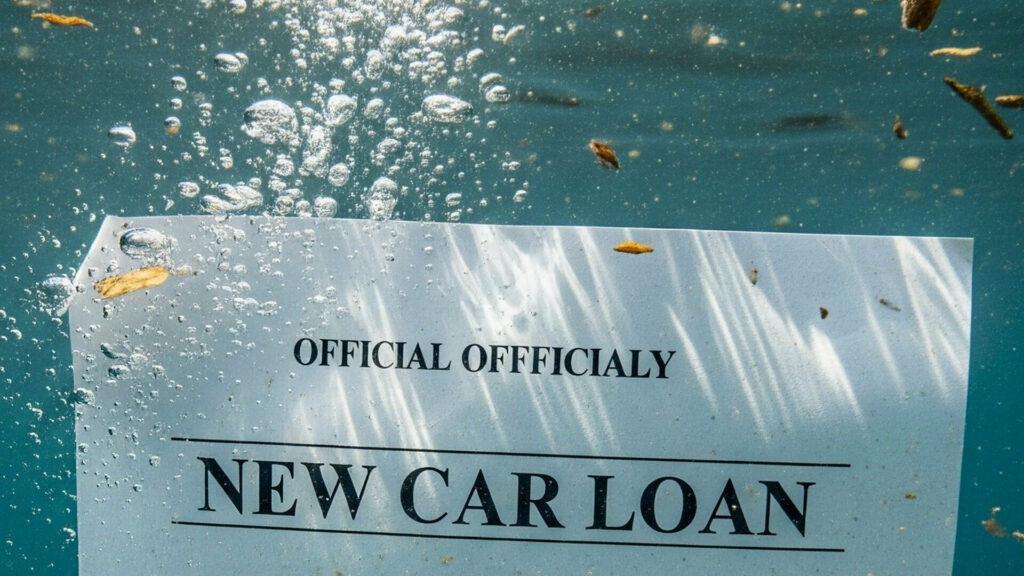
From Eyesore to Track Star: Transforming a 90s Yamaha on a Budget

Honda and Acura Turbo Engine Lawsuit Sparks Owner Outrage Over Costly Failures
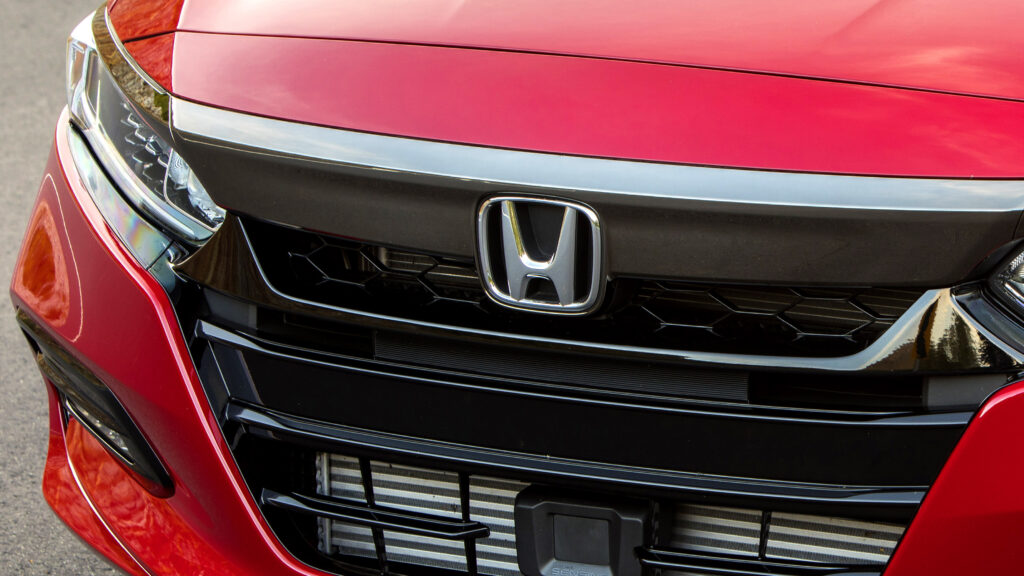
Why Rocket Science Remains One of Humanity’s Greatest Challenges

Tesla Faces Tough Road Ahead as Sales Drop, Incentives Vanish, and Robotaxi Hopes Waver
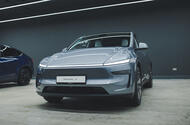 Boss Elon Musk said “we probably could have a few rough quarters" after EV firm posted big losses
Boss Elon Musk said “we probably could have a few rough quarters" after EV firm posted big losses
Tesla can normally rely on positive commentary from its biggest champion in the investment community, Morgan Stanley analyst Adam Jonas.
After the second-quarter results and call featuring CEO Elon Musk, however, the Tesla ‘mega-bull’ was nonplussed. “Almost no detail on outlook. Tesla's outlook continues to lack any specific targets on revenues or margins,” he wrote in a note to investors. “Elon seems to be… exiting the auto industry”.
Jonas noted that Musk was “pulling capital out of the business and doubling down on AI, autonomy and robotaxis.”
Musk has always touted 'the next big thing' as he keeps investors enthused about stock of a company that remains the most valuable in the sector based on share price, despite recent setbacks.
However, without cash coming in from car sales, the whole Tesla project starts to look shaky. And while the company is still self-financing, there are clouds on the horizon.
The warning signs are there in the second quarter. Automotive revenues dropped 16% compared to the same quarter last year and the overall operating margin slipped to 4.1%, down from 6.3%.
Meanwhile deliveries were down 13% to 384,122 while inventory (the number of unsold cars) climbed to 24 days’ worth of sales, up from 18 days.
“We probably could have a few rough quarters,” Musk warned on the call.
Other car companies that have reported their second quarter earnings, including Volvo, Stellantis and Volkswagen Group, are also suffering financially in an era of global shocks including pressure from Chinese competitors, US trade tariffs and lumpy EV sales growth. But Tesla has a unique problem in its reliance on incentives paid from governments and on credits bought from it by other car makers to hit emissions targets.
Musk helped elect president Donald Trump by becoming the biggest Republican party donor, only for Trump to repay him by removing the $7,5000 EV purchase credit and cancelling fines for car makers that don’t hit emissions targets, effectively allowing unlimited sales of ICE vehicles in the US.
Meanwhile in Europe, tightening CO2 emissions rules have forced car makers to up their game and come out with competitive electrified models of their own, reducing (but not eliminating) the need to pool with Tesla.
Tesla figures showed that income from regulatory credits halved to $439 million in the three months to the end of June.
Without them and decent margins from its (declining) battery storage business, Tesla would have been in the red, according to calculations from Philippe Houchois, an analyst at the bank Jefferies.
Tesla acknowledges the hit from Trump’s recently passed legislation. “The One Big Bill has a lot of changes that would affect our business in the near term,” said its CFO, Vaibhav Taneja, on the call. “It will impact our total revenues going forward.”
Tesla is also suffering from a stagnating model line-up. The facelifted Model Y has boosted Tesla sales in the UK (the biggest market for the SUV in Europe), SMMT figures show, but not in the rest of Europe, where Musk’s far-right social media profile has almost certainly depressed sales, especially in the key market of Germany (down 60% in June).
Once a best seller in the region, Tesla was only able to point to market leadership in Turkey, the Netherlands, Switzerland and Austria for June.
Turkey is a surprise, given that it has just three Tesla dealers, but a report by Fortune magazine showed that Tesla throttled back Model Y power to 214bhp there to dodge a luxury tax – and quoted an industry analyst saying it was possible Turkey was being used to funnel grey imports into Russia.
The long awaited cheaper Tesla is “just” a decontented Model Y, Musk said on the call. Production has begun already, the company added, without giving an indication of price.
The Cybertruck, meanwhile, is a flop. Tesla no longer breaks out sales of the triangular pick-up truck, but the Model S, Model X and Cybertruck contributed just 2.7% of all Tesla deliveries in the third quarter after sales of the trio halved from the same quarter the year before.
Tesla’s hopes are pinned on being able to upgrade cars from 2023 running the latest Hardware 4 platform to operate as robotaxis by the end of next year, allowing owners to theoretically send their out to work in the Uber fleet when not in personal use.
However, Tesla has huge regulatory mountain to climb to make that possible without the safety back-up of multiple sensors, even in the friendliest US cities.
The company says it has completed 7000 driverless miles in Model Ys converted as robotaxis running below 40mph in its home city of Austin, Texas, but it's struggling to gain approval even for its Full Self-Driving (Supervised) system in Europe and China.
The system is essentially Tesla’s take on Ford’s BlueCruise, which has gained approval in parts of Europe.
How you value other Tesla future businesses, including the Cybercab robotaxi service and Optimus humanoid robot division, is based almost solely on whether you believe Musk’s promises of world-beating revenues, given the lack of detail about the execution.
Even the biggest Tesla cheerleaders are now struggling to square the circle on that.
“Tesla is crossing the chasm to autonomy while absorbing slower volume, EV incentive elimination [and] tariffs and investing in new initiatives that may not make margins for years,” Jonas wrote.
San Francisco Residents Face Fines for Parking in Their Own Driveways Amid Neighborhood Disputes

Chevrolet Bolt Returns with Fresh Updates and Enhanced Features

Hyundai Ioniq 2 Set to Challenge Affordable EV Rivals with Stylish Design and Advanced...
 New model will sit between Inster and Kona Electric and be twinned with Kia's upcoming EV2
New model will sit between Inster and Kona Electric and be twinned with Kia's upcoming EV2
Hyundai is set to reveal an electric alternative to the Bayon, likely badged Ioniq 2, as it pushes to expand its EV line-up.
Understood by Autocar to be twinned with sibling brand Kia’s incoming EV2, it will plug the gap between the Inster and Kona Electric.
Pictures of the car testing this week confirm that it will be close in size to the combustion-powered Bayon, positioning it as a rival to the likes of the Renault 4 and Volvo EX30.
It will be revealed “in the next few months”, new Europe CEO Xavier Martinet told Autocar in June, which suggests that it is likely to be unveiled at the Munich motor show in September.
Hyundai confirmed the car will go on sale in the third quarter of 2026, so deliveries could begin as soon as next July. It is understood that Kia’s EV2, previewed by the EV2 concept, will arrive a few months before it.
“We are very much involved with the electrification of our line-up and to increase our electrified mix in the coming years,” said Martinet.
Like the EV2, the car will be based on the same scalable E-GMP platform that is used by nearly all EVs in the Hyundai Motor Group, which comprises Hyundai, Kia and Genesis.
It's therefore likely to get a similar set-up to the slightly larger Kia EV3, which is offered with either a 58.3kWh or an 81.4kWh battery pack for ranges of 267 and 372 miles respectively. All versions of the EV3 are powered by a single electric motor that sends 201bhp and 209lb ft to the front wheels.
Inside, the new electric car will bring a “step change” in usability for Hyundai. This includes a new infotainment system that, Autocar has been told, will enable elements such as ambient lighting and noise to alter according to driving modes or chosen style. Like the incoming EV2, the new Hyundai is also expected to get a combined instrument and infotainment display set-up that spans roughly half the width of the dashboard.
Pricing for the new crossover is likely to be close to that of the EV2, at around £25,000.
When it arrives next year, it will be the sixth electric car in Hyundai’s growing EV line-up, following the Ioniq 9 flagship that is due to hit UK roads in the coming months.
How the E39 M5’s Legendary V8 Saved BMW’s Greatest Sports Sedan
